FortNet Project
Fortification and population network in coastal Chaonia, Northern Epirus (Albania) between Iron Age and the Medieval period: a longue durée approach to the study of settlements, economic and defensive systems.
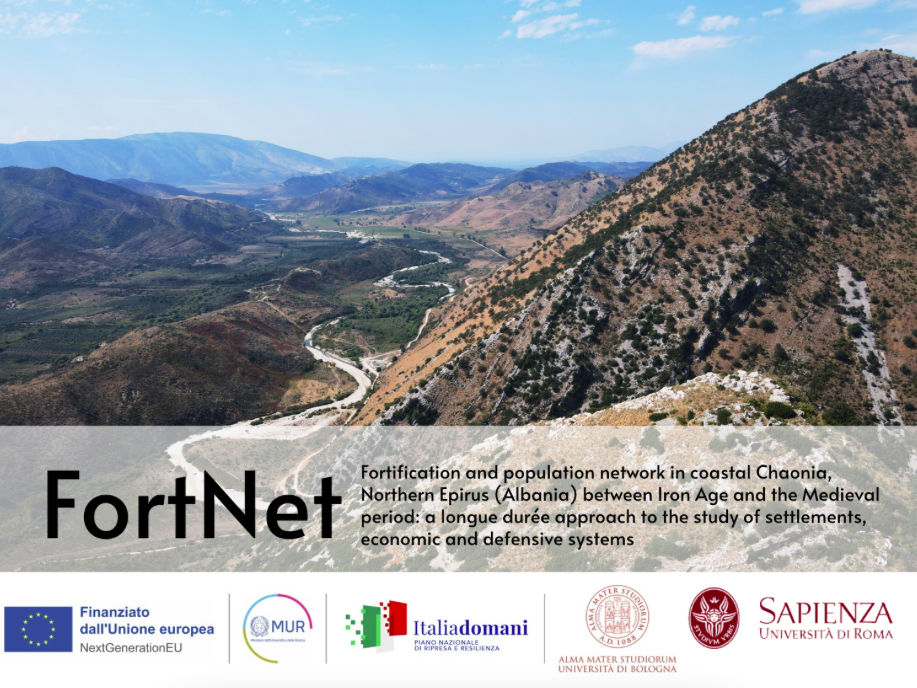
The FortNet Project is a joint collaboration between the University of Bologna and Sapienza University of Rome under the direction of Enrico Giorgi and Julian Bogdani, respectively, developed from PRIN 2022 funding with the support of European Union's NextGeneration EU, the Italian Ministry of University and Research and the "Italia Domani" funding program.
Starting from October 2023 and for the next 24 months, FortNet will place at the centre of its research the coastal region of ancient Chaonia (Southern Albania), an area still quite marginal in current studies, mainly concentrated on the bigger urban sites such as Phoinike, Antigonea and Butrint.
The coastal region has its own autonomy from a geographical point of view, since it is limited to the West by the rather steep Ionian coast, having few and quite difficult docking areas. The inland Acroceraunian Mountains, to use the ancient oronym, exceeding 2000 mt. of altitude, represent, on the other hand, a rather important geographical natural limit. Nonetheless, today, as in antiquity, one of the few possible routes connecting the bay of Vlora to that of Saranda passes along this ridge, while the inlands routes go through the narrow canyons created by those few streams flowing into the Ionian Sea. The sea has a double significance for a traditionally internal region such as Chaonia: it is, at the same time, both a risk factor and a connecting element. These two elements strongly determine the creation of a rather dense network of small settlements and fortifications of various types that occupy the hills overlooking the Ionian Sea.
These sites have been studied in the past very briefly, and in many cases no actual study exists or has been published. For the majority of them there is no archaeological and topographical documentation and for the rest only some sketches or rather generic descriptions are today available. The archaeological evidence seems to embrace an almost seamless long period of time that goes from the late Bronze Age to present times. For this reason, diachrony represents an essential research perspective for this project.
Album
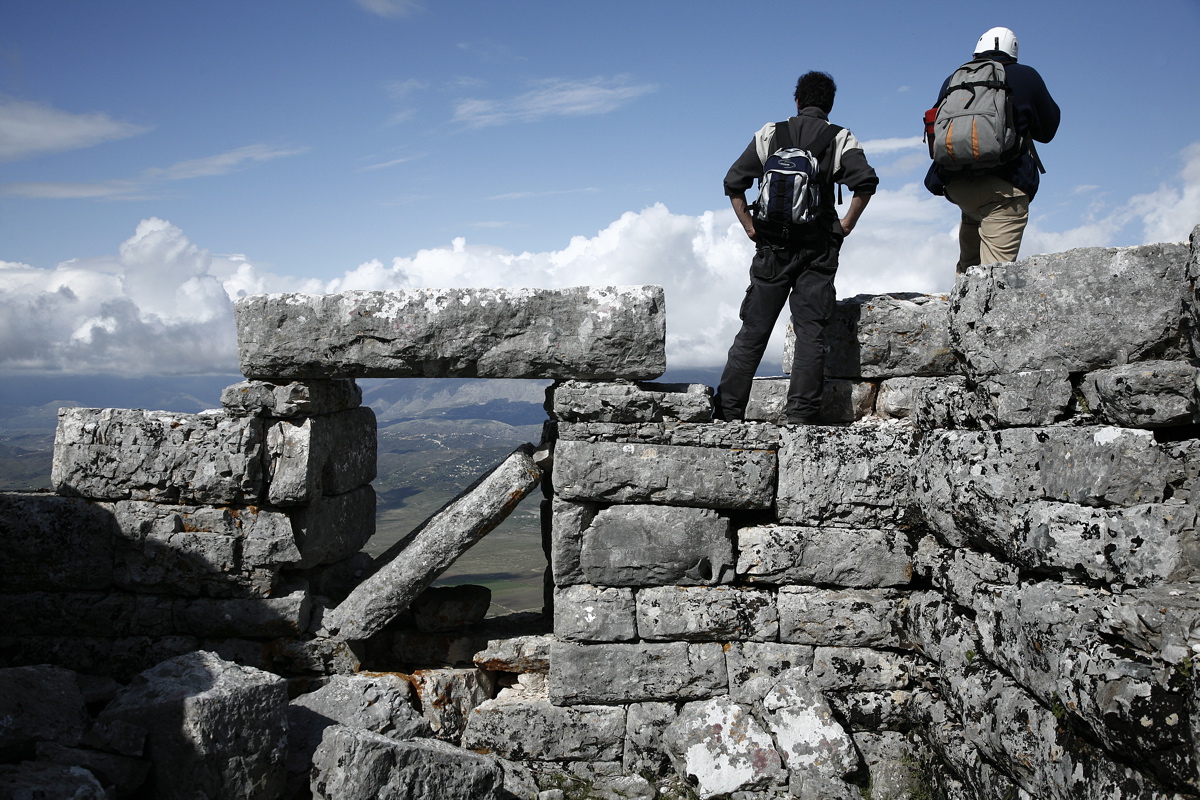
From the top of the tower of Vagalat
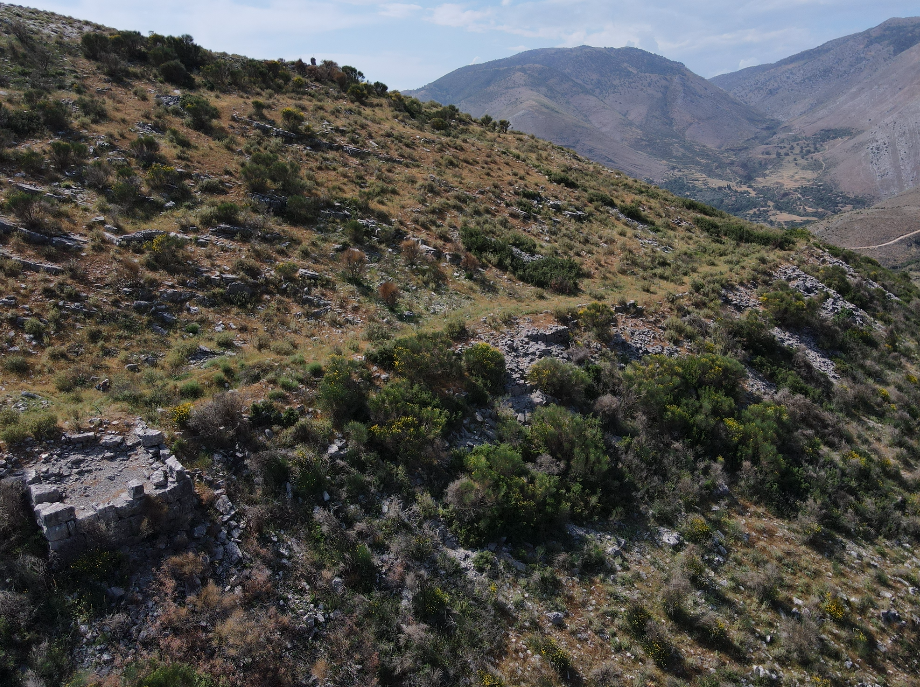
Malçan

Survey in the Pavlla River Valley
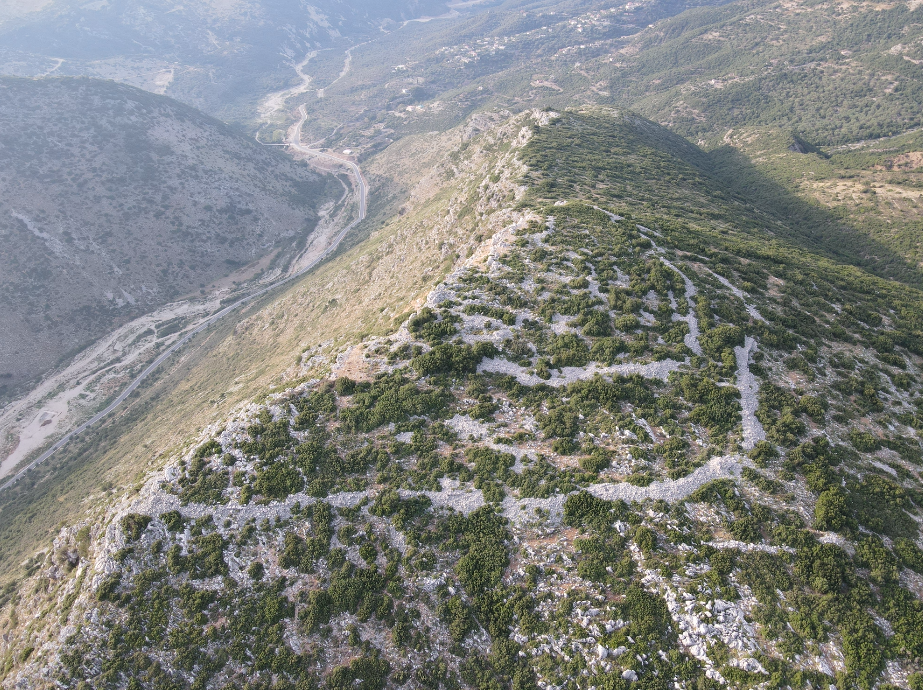
Karos
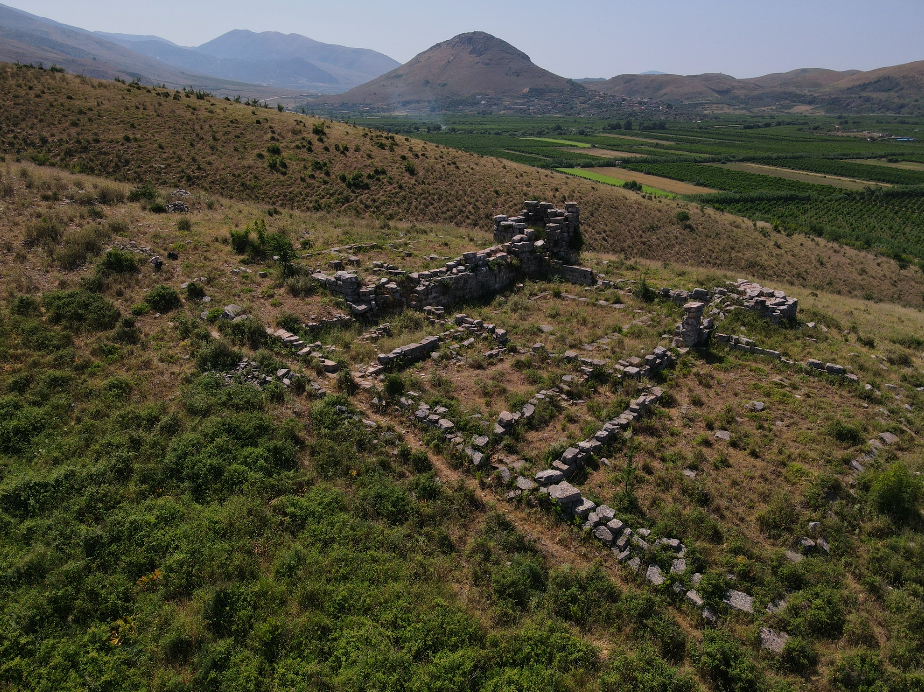
Malathre and Çuka e Ajtoit on the background
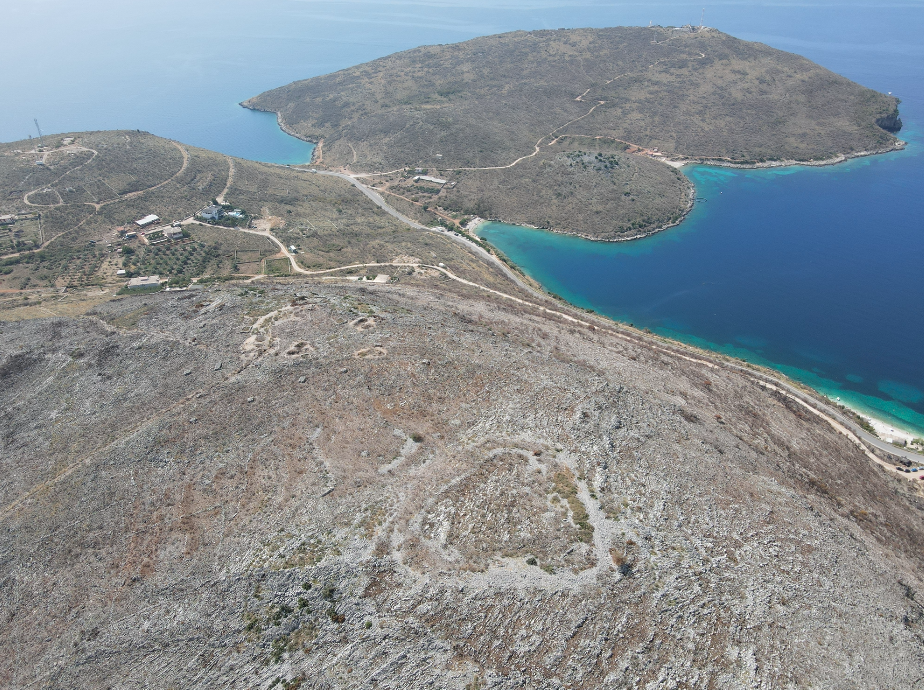
Kukum
The FortNet Project intends to provide a complete census of the open and fortified sites in this area, and a very detailed topographical documentation based on systematic surveys and the use of modern topographic and geophysical technologies based on high scientific standards. The archaeological documentation of housing and defensive structures, integrated by the study of samples of surface archaeological materials, will merge into a unified and shared Web geo-database, accurately structured in order to receive and share information between the members of the research group. Furthermore, the creation of a Web portal dedicated to the project is expected, which, on the one hand, will convey the spread of scientific research results, and, on the other, will provide an open tool for the joint publication of insights into the main documented archaeological and cultural evidence. In this way, it is also intended to encourage a constructive dialogue with local communities, whom are searching for the right and yet difficult balance between knowledge and protection of cultural heritage and the right to exploit territorial resources, which today are based on a triangle whose vertices are tourism, agricultural production (olive and citrus trees) and herding.
Album
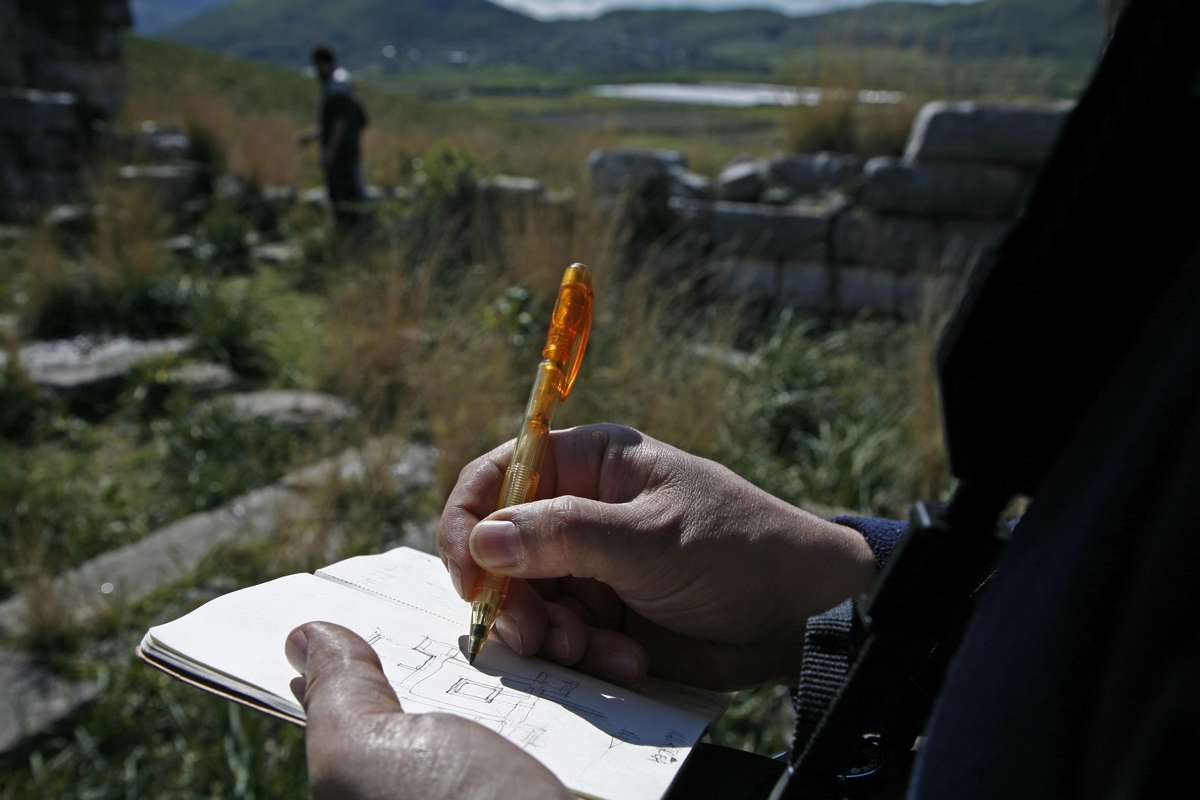
Survey in Malathre
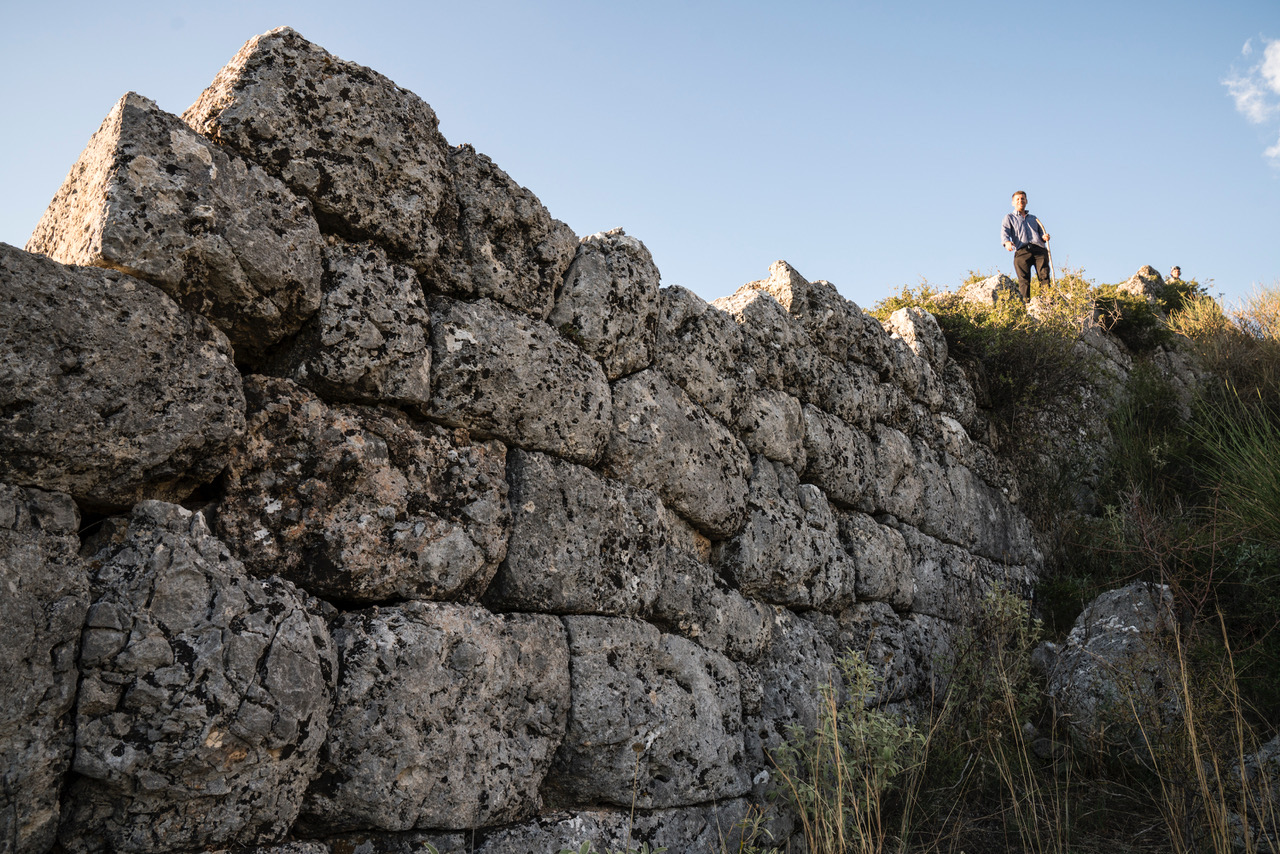
Ripes
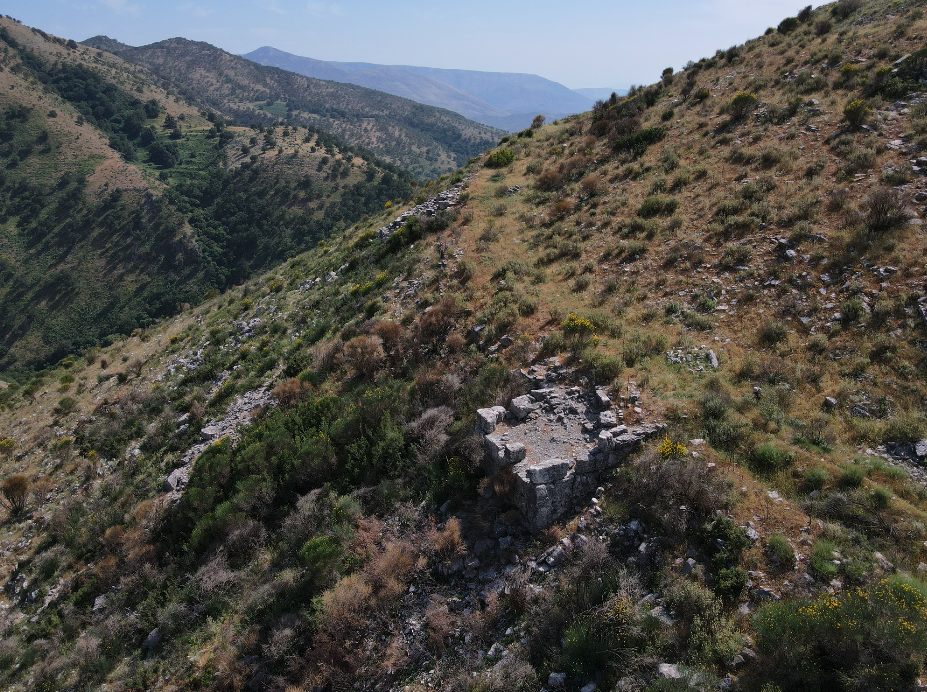
Malçan
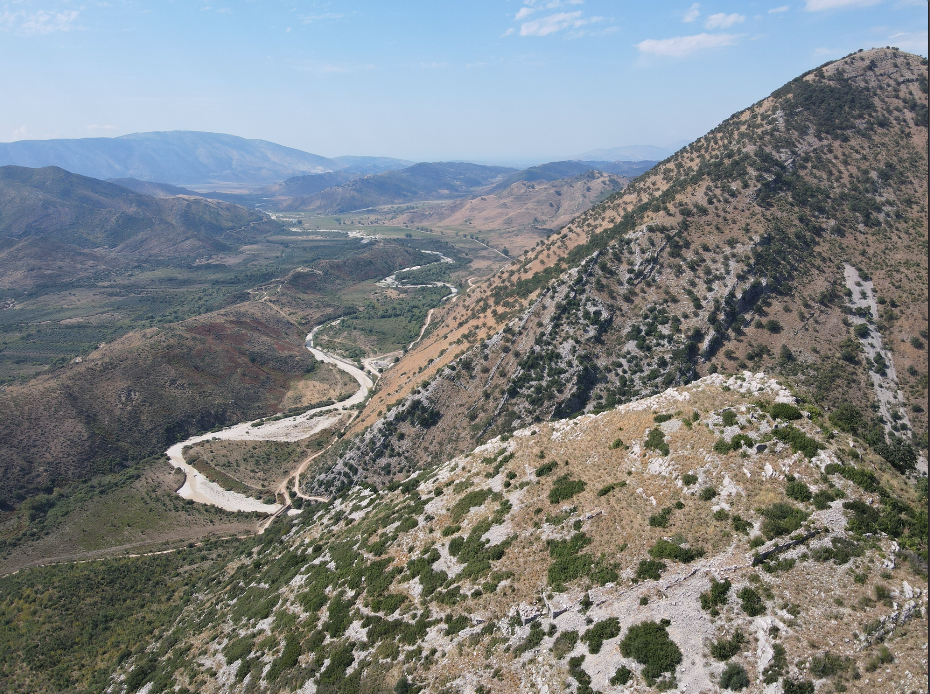
The Pavlla River Valley from Paleomanastir
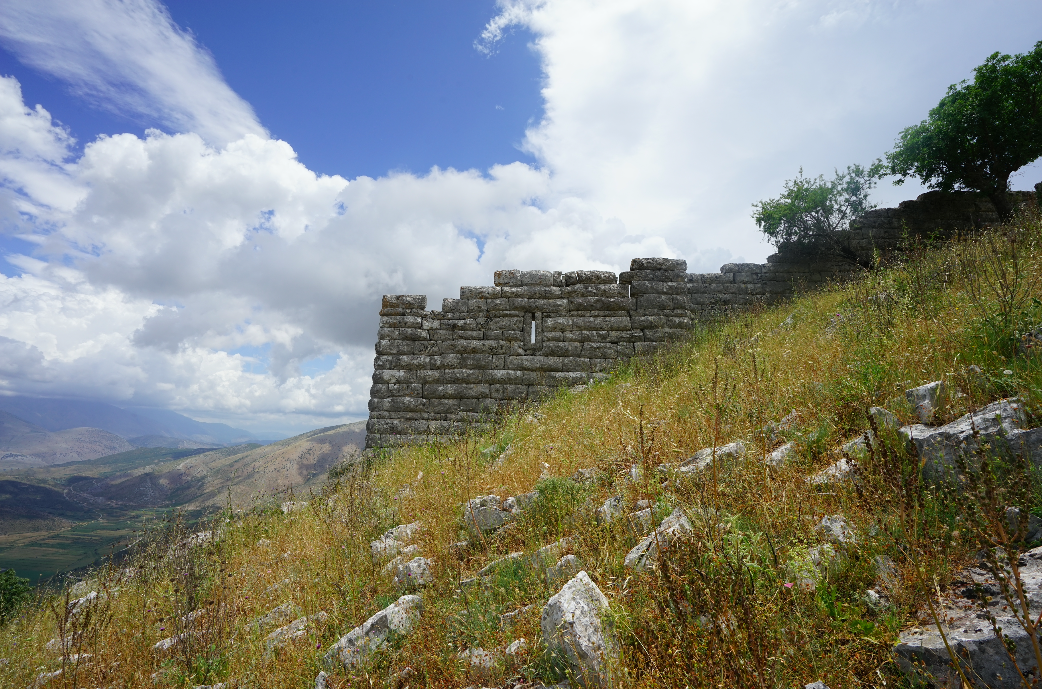
The tower of Vagalat
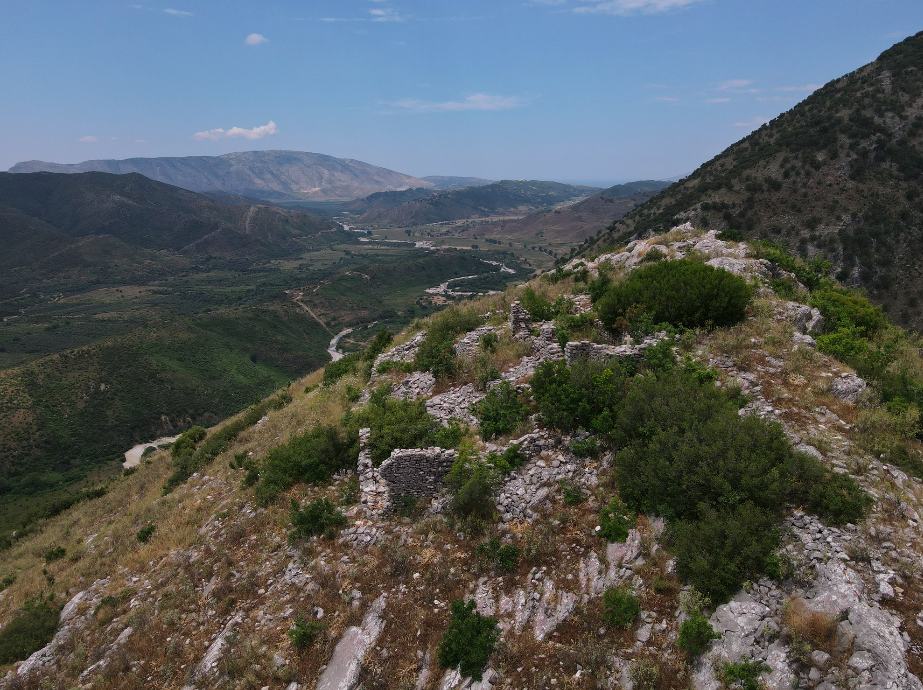
Paleomanastir